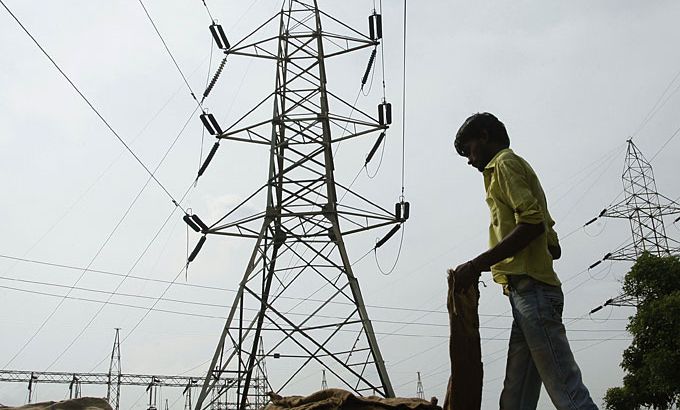
What is the fallout from India’s blackout?
We ask why more than half a billion people were left without electricity and what will stop it from happening again.
The Indian government says power has now returned to all areas of the country affected by a major blackout – the second in two days – after three power grids collapsed on Monday.
The problem in the northern grids affected 20 of India’s 28 states, leaving more than 600 million people with no electricity.
Keep reading
list of 4 itemsLost Futures
Photos: Greek valley that became a lake stirs drought debate
Botswana threatens to send 20,000 elephants to Germany
|
“It’s a multiplicity of problems – poor transmission lines, theft of power while being distributed, deep-rooted corruption, very archaic distribution systems. And it seems to have come to a head in the last couple of days.” – Rahul Bedi, an Indian journalist |
The country’s power minister has ordered an investigation into what caused the outage.
The blackout affected hospitals and caused traffic chaos across the country, leaving 400 trains stranded on India’s rail network.
There were also reports that 200 miners were trapped underground in West Bengal due to the outage.
But the reason for the outage is not just technical. Government officials say some north Indian states have drawn more than their share from the grid.
Sushilkumar Shinde, a former Indian power minister, was quoted as saying: “This power crisis is due to various state governments. I urge the state governments not to use more electricity than they’ve been allocated. I’ve ordered my officers to take legal action.”
Officials are blaming the world’s worst-ever power outage on the growing gap between supply and demand in India.
|
“The realisation that there is need for a policy framework change and that the private sector has to be allowed to come in a much bigger way …that has to dawn on the policymakers and they’re bound to act.” – Ajay Dua, a former power ministry official |
Al Jazeera’s Prerna Suri, reporting from New Delhi, says the crisis has shown a deeper malaise that exists in India’s power distribution system: “States are drawing more energy than needed and the government is struggling with the massively increasing demand and an ageing infrastructure. It’s left many wondering if the government will be able to solve India’s energy problems.”
Inside Story asks: What is really behind the failure that left more than half a billion people without electricity? And what could the fallout be for a country eager to attract foreign investment?
Joining presenter Dareen Abughaida for the discussion are guests: Ajay Dua, a former joint-secretary in the Union Ministry of Power; Aly Khan Satchu, the CEO of investment firm Rich Management; Gurharpal Singh, the dean of the faculty of arts and humanities at the School of Oriental and African Studies at the University of London; and Rahul Bedi, a contributor to The Daily Telegraph and Jane’s Defence Weekly.
|
“Structurally, India’s got a lot of things to sort out and part of it is getting on top of the situation, appreciating the problems and actually dealing with them. So far we haven’t seen that out of Mr [Manmohan] Singh’s government.” Aly-Khan Satchu, the CEO of Rich Management |
INDIA’S ENERGY CRISIS:
- The problems are partly structural. All three grids in the northern and eastern states that overdrew power were linked.
- By some accounts regional authorities ignored warnings from dispatch centres that monitor electricity load.
- India’s generation capacity is meant to increase by 10 per cent annually to cope with rising demand. Last year it increased by only half that amount.
- The country has one of the world’s highest rates of distribution loss – that is energy lost between the source of supply and the point at which it reaches consumers.
- Illegal siphoning of electricity is also a major problem – up to 30 per cent of total electricity generated is siphoned.
- Some industry experts say subsidised and even free electricity, especially to northern farming regions, is adding to grid overload.
|
“On the one hand the government is not invested enough, in the same way the demand has been going up and people are very reluctant to pay cost price for electricity …. You can’t blame the government and then demand that electricity is delivered below the cost price.” Gurharpal Singh from the School of Oriental and African Studies |